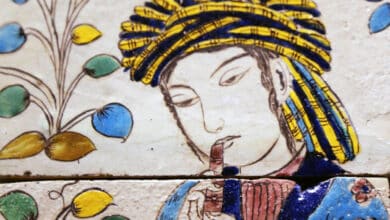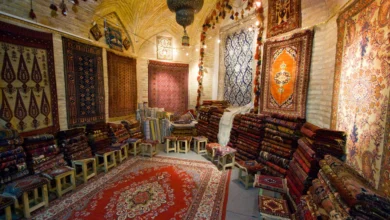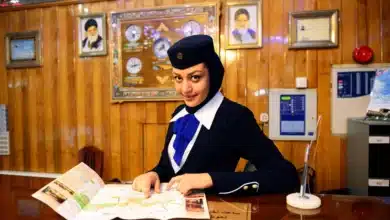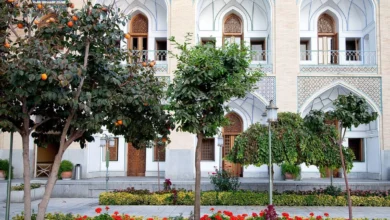Jiroft Civilization: Iran’s Ancient Cradle of Culture
Jiroft’s Chlorite Art: A Bronze Age Masterpiece
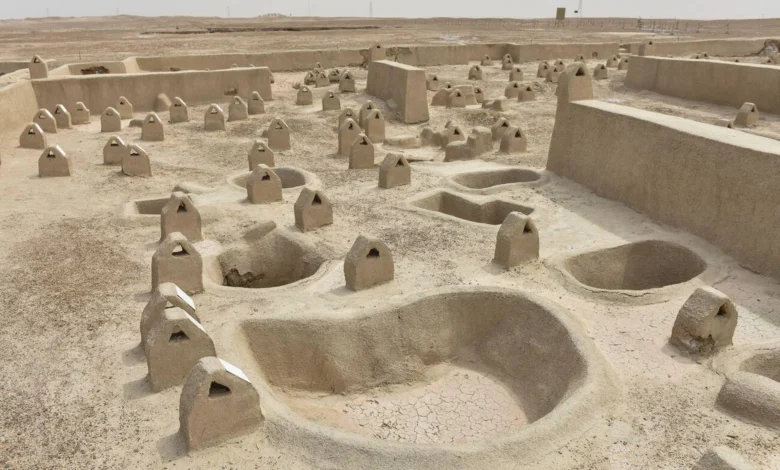
Imagine standing amidst the sun-scorched plains of Kerman, where the Halil River whispers tales of a forgotten empire. The Jiroft civilization, a Bronze Age marvel dating back to 3000 BCE, has emerged from obscurity to challenge our understanding of humanity’s earliest societies. Unearthed by chance in 2001, this ancient culture in southeast Iran boasts intricate artistry, a unique writing system, and monumental architecture that rival Mesopotamia.
For first-time travelers and history enthusiasts, this detailed guide explores the Jiroft civilization’s origins, rulers, cultural achievements, and the archaeological treasures you can visit today. From the enigmatic Konar Sandal mounds to the elusive Aratta, let’s journey into Iran’s ancient past.
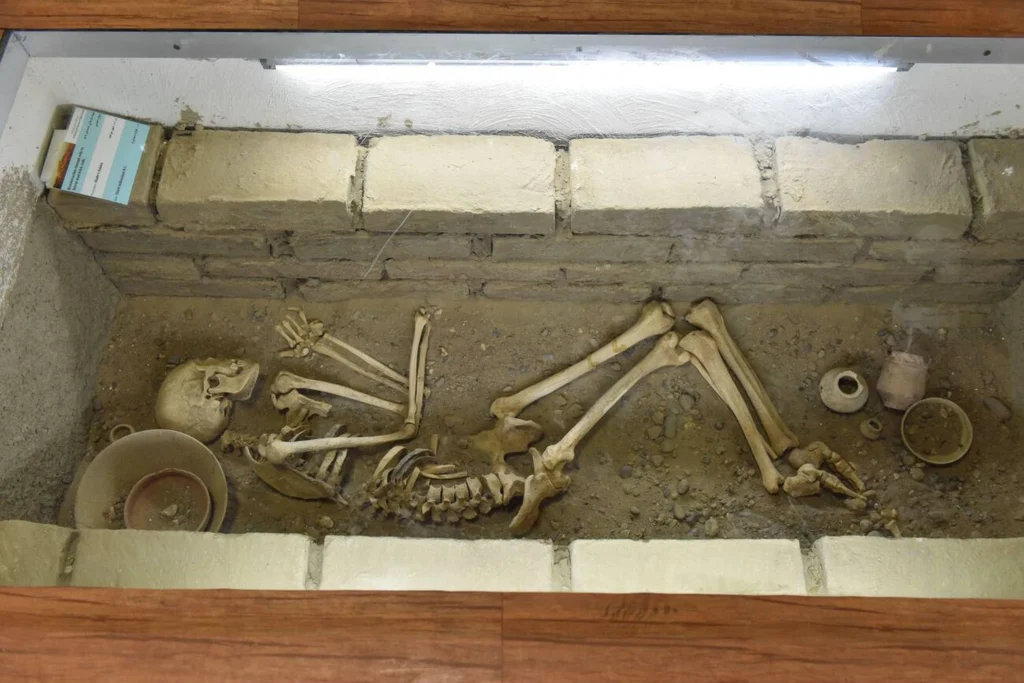
Contents
The Dawn of the Jiroft Civilization
The Jiroft civilization, also known as the Halilrud culture, flourished in Kerman and Sistan-Baluchestan provinces from approximately 3000 to 2000 BCE. Centered in the fertile Halil River valley, this Bronze Age society thrived as a hub of trade, artistry, and urban development.
Its discovery in 2001, following floods that exposed ancient tombs near Jiroft, stunned archaeologists. Led by Iranian archaeologist Youssef Majidzadeh, excavations revealed a sophisticated civilization with its own script, architecture, and cultural identity, prompting debates about its role as a potential “cradle of civilization.”
The Jiroft region, nestled between towering mountains, was long overlooked, dismissed as a nomadic hinterland. Yet, findings at Konar Sandal, Daghianus, and other sites paint a different picture: a sprawling urban complex with monumental structures, craft workshops, and vast cemeteries.
Radiocarbon dating suggests initial settlements as early as the fifth millennium BCE, with the civilization peaking around 2500 BCE. This timeline places Jiroft alongside Sumer and the Indus Valley, challenging Mesopotamia’s claim as the sole birthplace of urban culture.
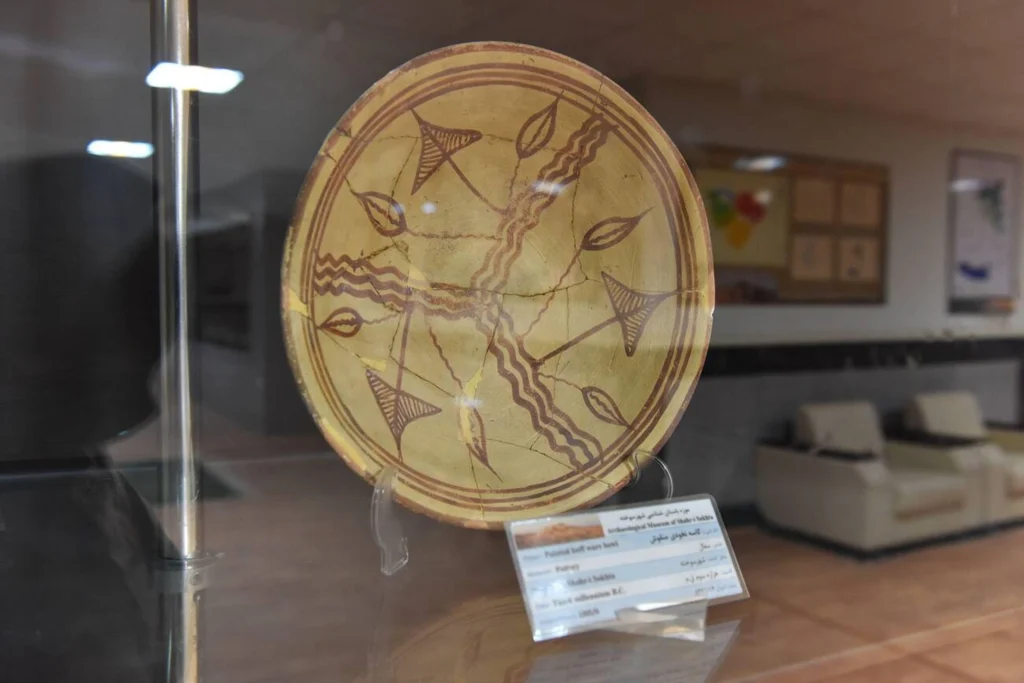
A Tragic Discovery: Looting and Loss
The story of Jiroft’s rediscovery is bittersweet. In early 2001, flooding along the Halil River eroded layers of sediment, exposing thousands of graves in the Mahtoutabad necropolis. Locals, driven by poverty, and looters, fueled by the antiquities market, plundered the site.
Exquisite chlorite vessels, ceramics, and jewelry surfaced in global markets, their origins initially a mystery. By the time authorities intervened, entire cemeteries had been emptied, with not a single bone left behind—an archaeological tragedy dubbed one of history’s greatest plunderings. Some artifacts were later recovered, but many remain in private collections or museums abroad.
Formal excavations began in 2003 under Majidzadeh, with international teams racing to salvage what remained. Despite the devastation, the recovered artifacts—over 400 seal impressions, tablets, and ornate vessels—revealed a civilization of unparalleled sophistication. These findings underscored Jiroft’s importance, even as they highlighted the urgent need for protection.
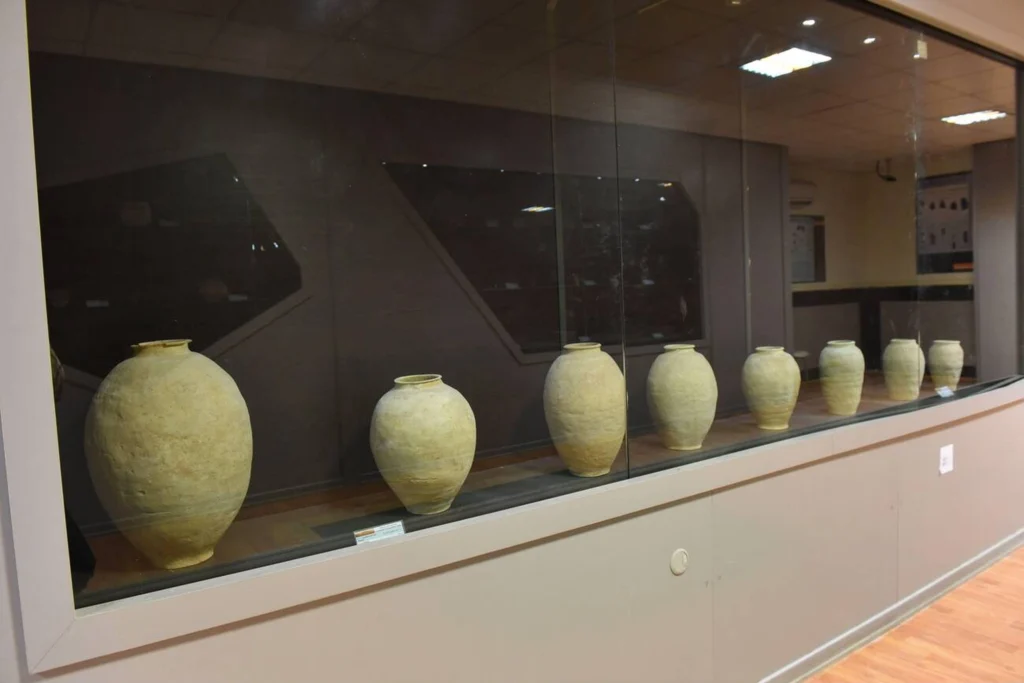
Defining Features of Jiroft’s Culture
The Jiroft civilization dazzled with its artistic and technological achievements. Its hallmark was chlorite craftsmanship, producing vessels adorned with intricate carvings of humans, animals, and mythological scenes. These artifacts, found from the Euphrates to the Indus, suggest extensive trade networks. The use of lapis lazuli from Afghanistan and carnelian from the Indus Valley further highlights Jiroft’s role as a commercial crossroads.
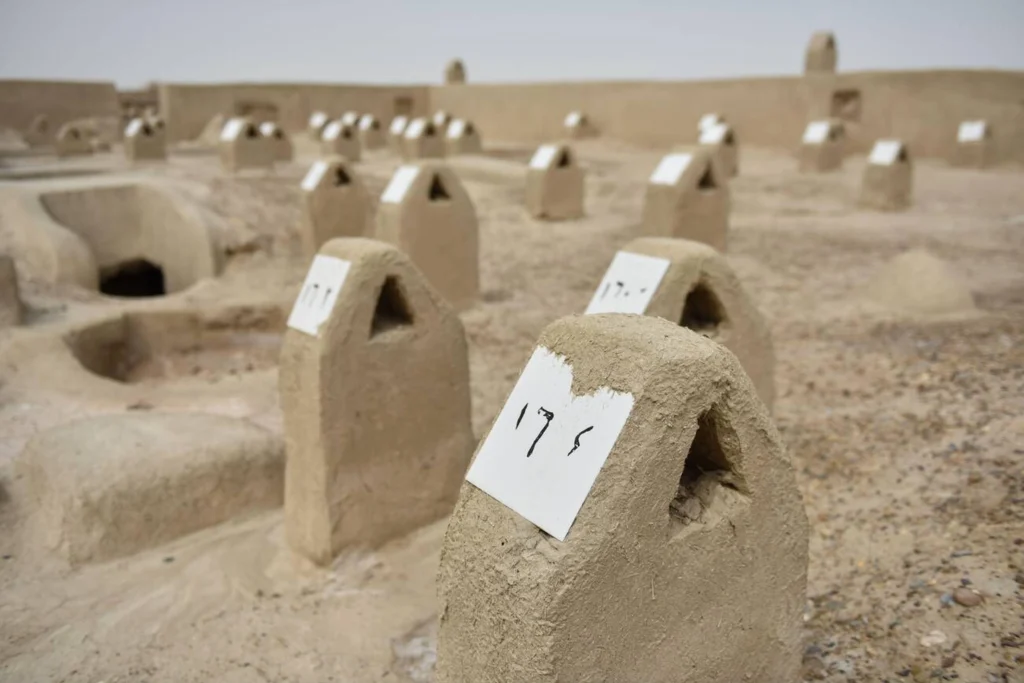
Artistry and Iconography
Jiroft’s artisans excelled in stone carving, particularly on soapstone and chlorite. Vessels feature vivid motifs: scorpions, snakes, goats, lions, and humans in dynamic scenes of triumph or ritual. A notable technique was inlay work, using gemstones to depict shining eyes or animal patterns, a practice that set Jiroft apart.
The complexity of these designs, with interwoven animals requiring precise calculations, reflects advanced artistic skill. One striking artifact shows a hoofed figure grasping cheetahs, flanked by scorpions, evoking Sumerian myths like the tale of Etana.
The iconography shares similarities with Mesopotamian and Indus traditions, suggesting cultural exchange. Scenes of palm groves, ziggurat-like structures, and flood motifs hint at shared mythologies. Yet, Jiroft’s style is distinct, marked by a unique worldview that French archaeologist Jean Perrot described as different from Sumerian sensibilities.
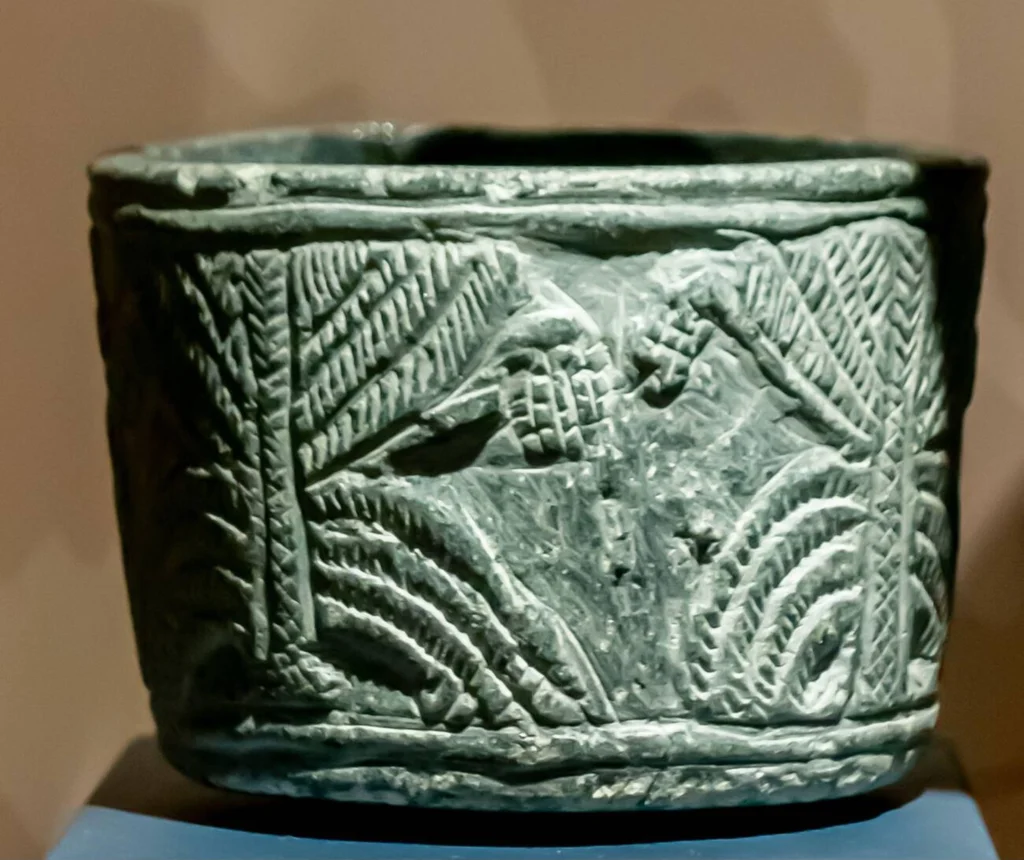
The Jiroft Script: A Writing Revolution
Perhaps Jiroft’s most groundbreaking discovery is its writing system, dubbed the Jiroft script or proto-Elamite. Found on clay and stone tablets at Konar Sandal, Tepe Yahya, and Tepe Sialk, this script features linear and geometric forms, predating Sumerian cuneiform.
Some scholars argue it is the world’s oldest writing system, potentially developed in Jiroft before spreading westward. Despite extensive study, the script remains undeciphered, with its content—possibly trade records or laws—still a mystery. Its discovery challenges the notion that Sumerians invented writing, positioning Jiroft as a pioneer of literacy.
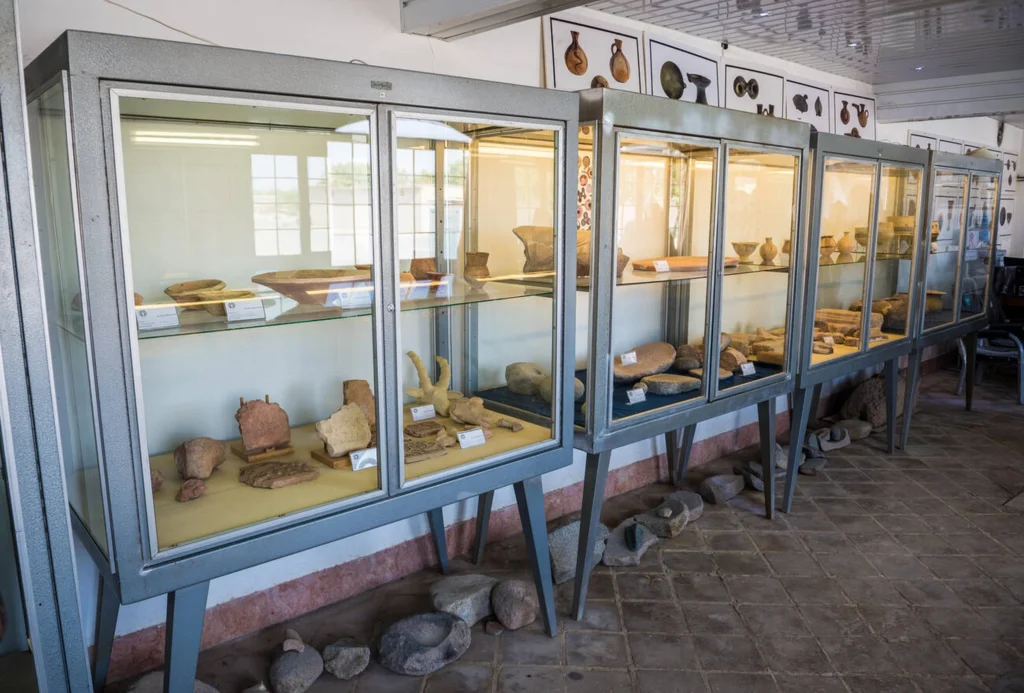
Metallurgy and Craftsmanship
Jiroft’s artisans were skilled metallurgists, crafting bronze tools, weapons, and jewelry using a copper-arsenic alloy, distinct from the copper-tin alloys common elsewhere. This technique, while effective, involved handling toxic arsenic, a process researchers are still unraveling.
The civilization also produced ceramics, textiles, and calligraphy, with artifacts showcasing a blend of utility and beauty. The presence of seal impressions suggests a sophisticated administrative system, likely used for trade or governance.
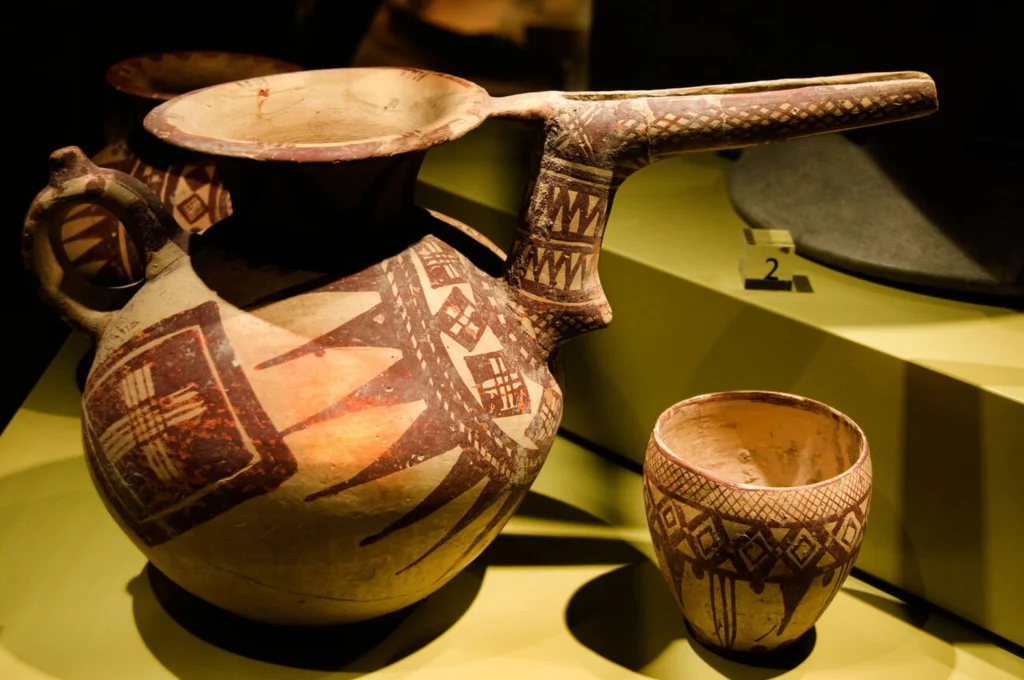
The Enigma of Aratta or Marhasi
Youssef Majidzadeh proposed that Jiroft may be the legendary Aratta, a wealthy kingdom described in Sumerian poems as a land of gold and lapis lazuli. These texts, found in Uruk, recount trade negotiations between Enmerkar, king of Uruk, and Aratta’s ruler, who exchanged artisans and precious stones for grain.
The poems describe Aratta as lying beyond Susa and seven mountain ranges, aligning with Jiroft’s geography. However, the lack of concrete evidence has sparked skepticism, with some scholars questioning whether Aratta was real or mythical.
An alternative theory links Jiroft to Marhasi, a kingdom mentioned in Akkadian inscriptions as a rival of Akkad (2350–2200 BCE). Texts describe Rimush, king of Akkad, defeating Abalgamash, king of Marhasi, and seizing gold and silver mines.
This timeline matches Jiroft’s peak, lending credence to the theory. Unlike Aratta, Marhasi is firmly dated, making it a more plausible candidate. Regardless, Jiroft’s wealth and influence align with both legends, cementing its status as a major Bronze Age power.
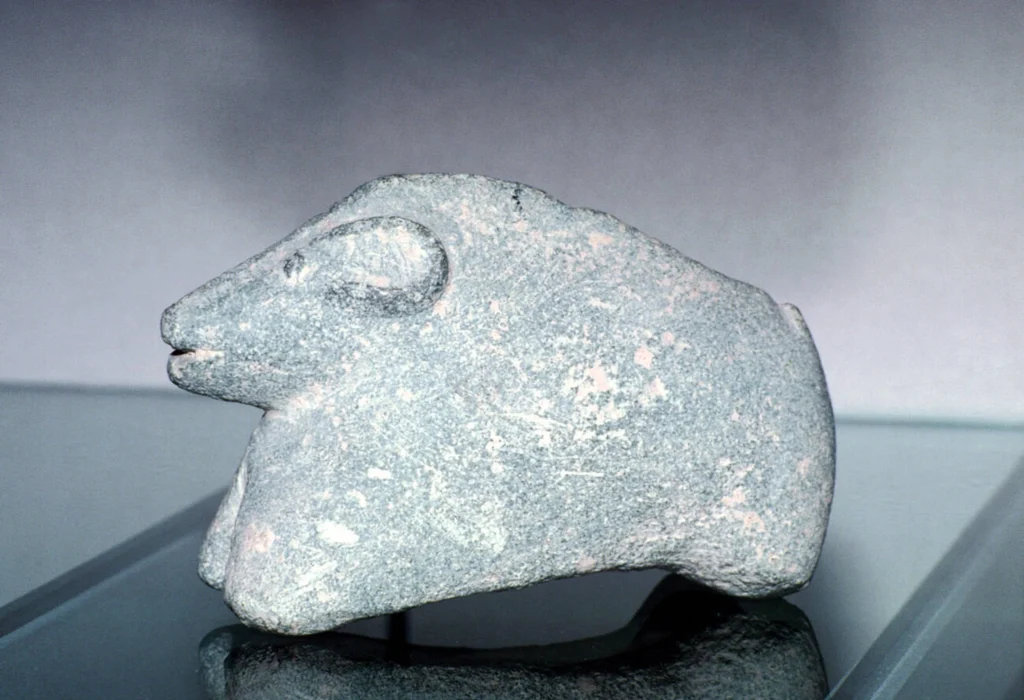
Archaeological Marvels of Jiroft
The Jiroft civilization left behind a wealth of archaeological sites, many still under excavation. These landmarks offer travelers a chance to explore one of humanity’s earliest urban centers.
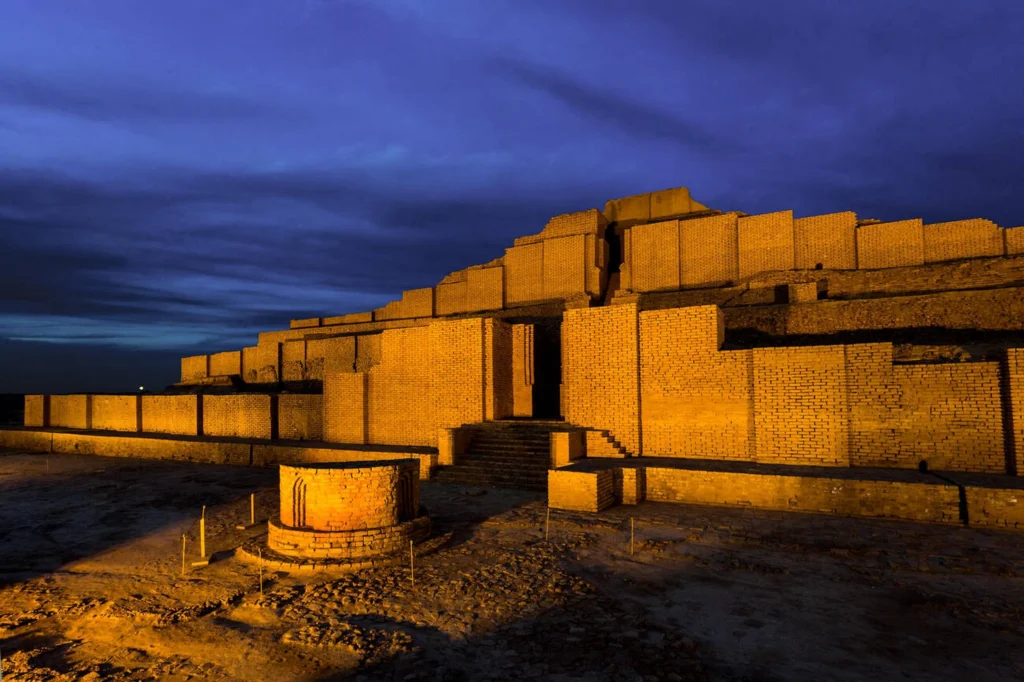
Konar Sandal: The Heart of Jiroft
The Konar Sandal mounds, 30 kilometers south of Jiroft, are the civilization’s epicenter. The northern mound houses a massive ziggurat, one of the largest known, built with over four million bricks across three tiers. Likely a temple, it dates to the mid-third millennium BCE, predating many Mesopotamian ziggurats.
The southern mound contains a fortified citadel, with smaller buildings buried beneath sediment. Excavations have uncovered chlorite vessels, tablets, and seals, revealing a bustling urban complex. The Jiroft Archaeological Museum, located on Halil Jiroft Boulevard, displays these treasures, making it a must-visit.
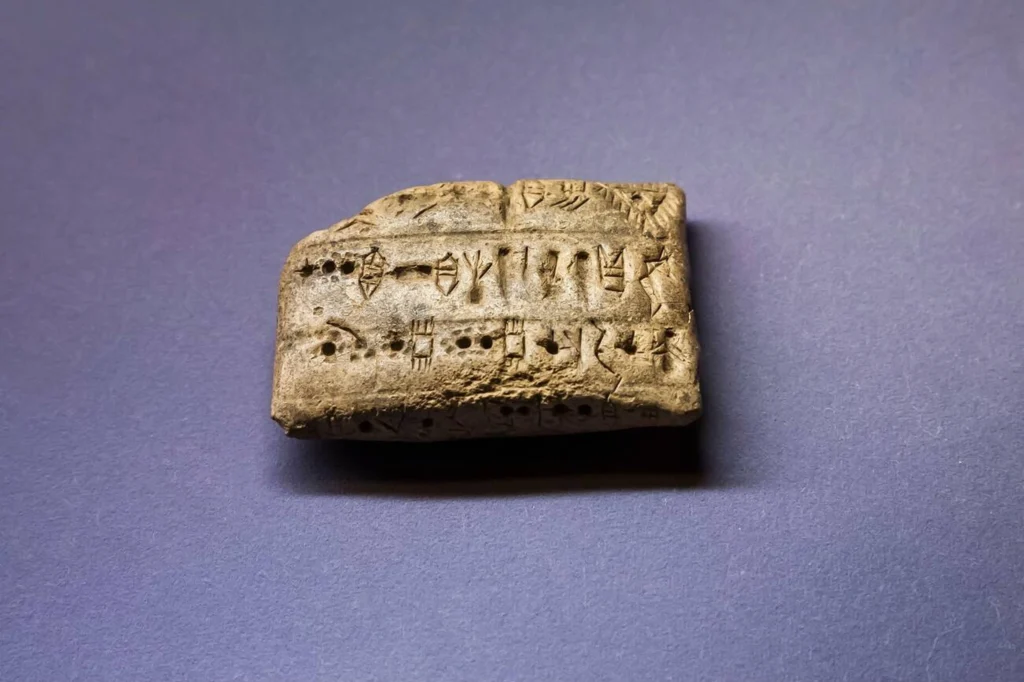
Daghianus: Palaces and Tombs
Located 50 kilometers east of Jiroft, Daghianus spans 50 hectares and includes a grand palace (80 by 60 meters), a temple, and residential structures. Excavations have revealed tombs and artifacts, including bronze tools and ceramics, indicating a stratified society with a wealthy elite. The site’s scale suggests it was a regional administrative center, possibly linked to the citadel at Konar Sandal.
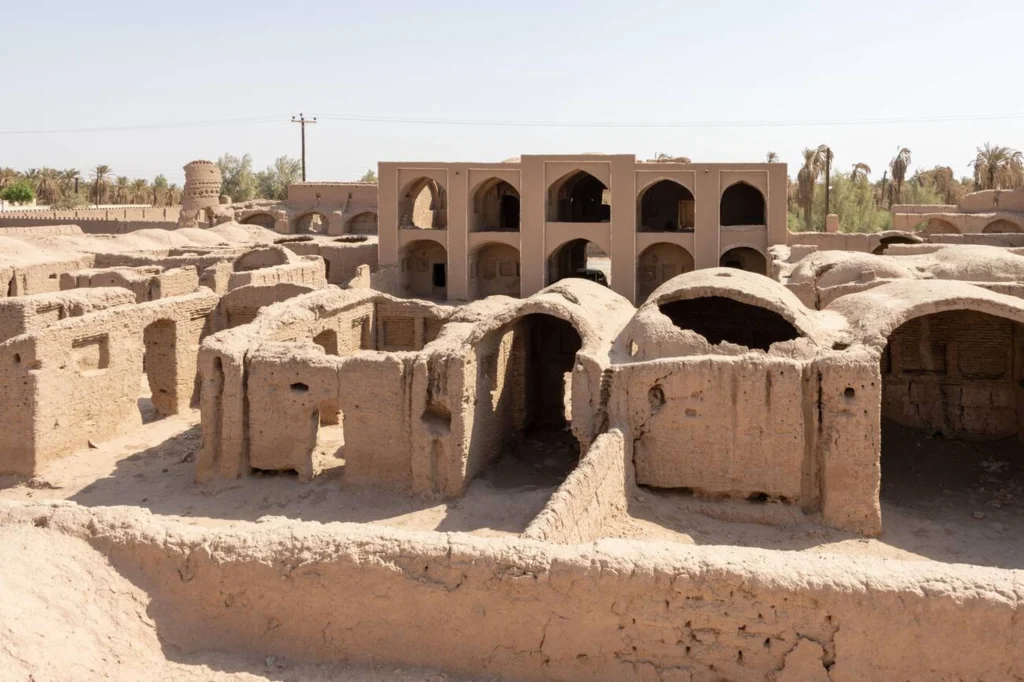
Mahtoutabad Necropolis
The Mahtoutabad necropolis, exposed by the 2001 floods, was the initial discovery site. Though heavily looted, it yielded thousands of chlorite vessels and jewelry, many adorned with carnelian and lapis lazuli. The graves, dating to 5000 BCE, reflect beliefs in the afterlife, as artifacts were buried with the deceased. The necropolis underscores Jiroft’s wealth and cultural complexity.
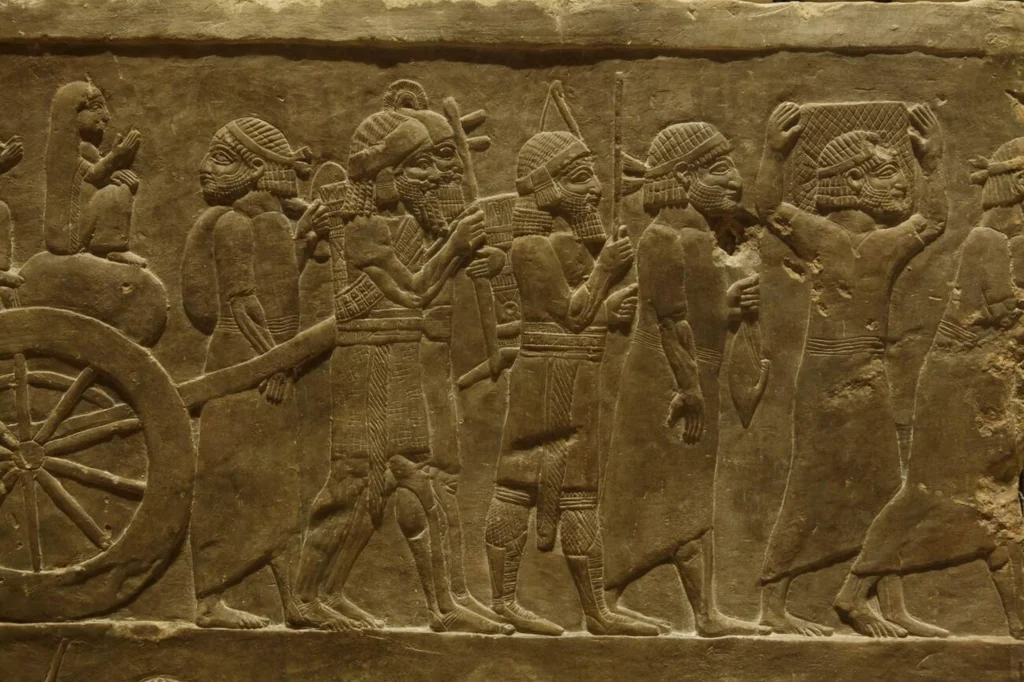
Connections to Other Sites
Jiroft’s influence extended to sites like Shahr-e Sukhteh (Burnt City), Tepe Yahya, Shahdad, and Tepe Bampur. Artifacts from Jiroft, particularly chlorite vessels, have been found across the Middle East, from the Amu Darya to Tarut Island, indicating trade with Elam, Mesopotamia, and the Indus Valley. The Helmand culture in western Afghanistan, flourishing concurrently, may have been part of the same cultural zone.
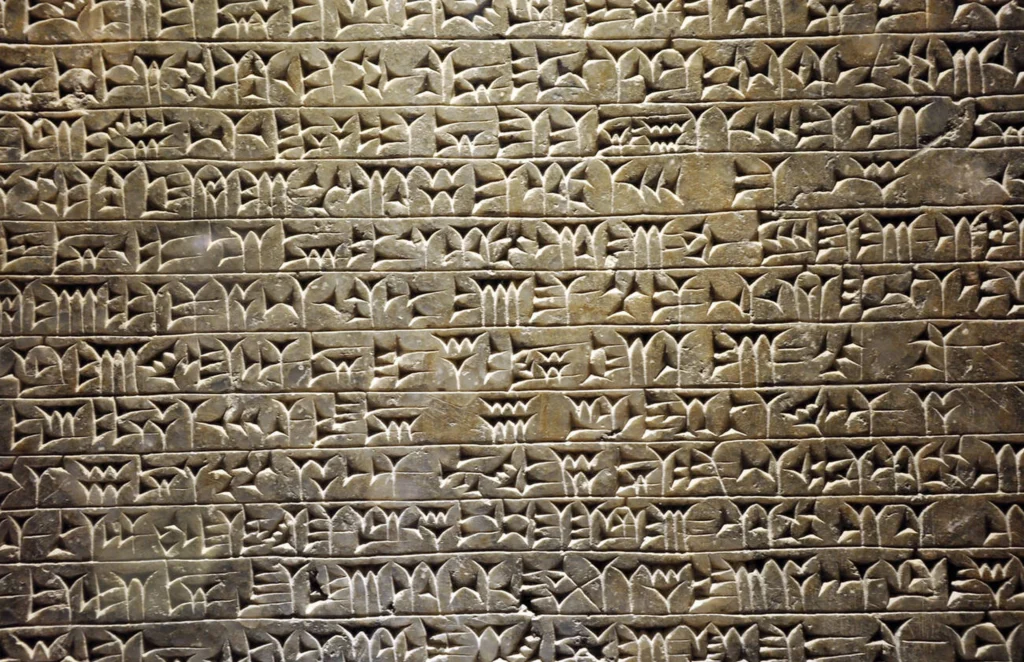
Cultural and Religious Life
The Jiroft civilization’s spiritual beliefs are inferred from its art and architecture. The ziggurat at Konar Sandal suggests a religious function, possibly dedicated to deities linked to nature or mythology. Motifs of bulls, eagles, and floods evoke Sumerian tales, while unique symbols, like “handbag” artifacts, may have served as weights or ritual objects.
The absence of deciphered texts limits understanding, but the civilization’s stratified society likely included priests and rulers who oversaw ceremonies.
Jiroft’s people spoke an unknown language, possibly related to proto-Elamite. The Jiroft script, with its linear and geometric forms, was used for administrative or ritual purposes. Its independence from cuneiform and hieroglyphs underscores Jiroft’s innovation, though its undeciphered status keeps its secrets locked away.
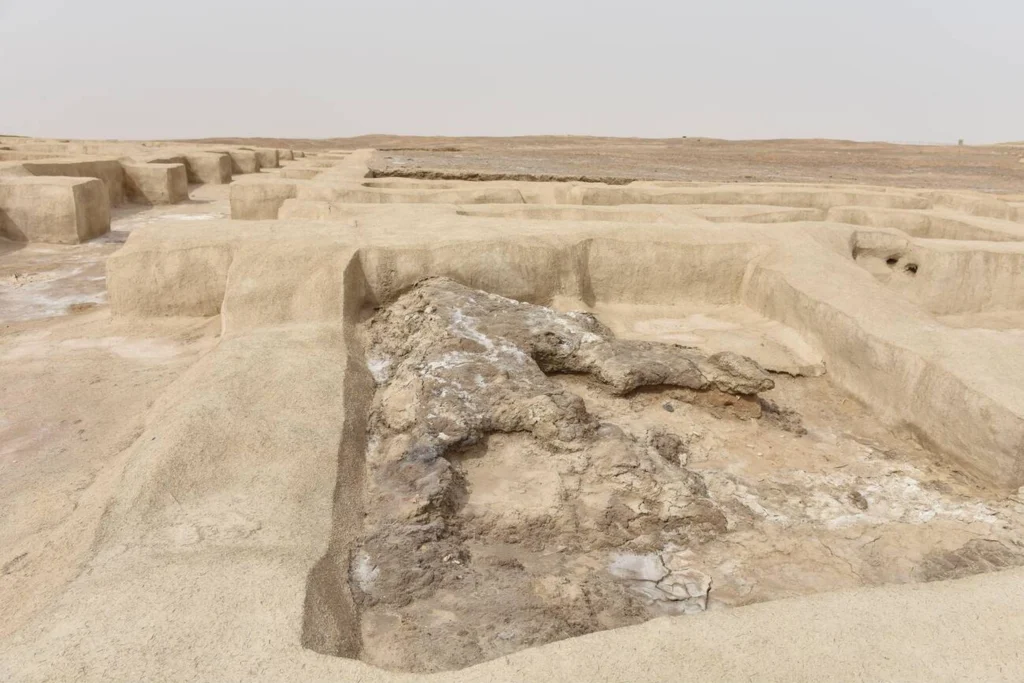
Planning Your Visit to Jiroft
Visiting Jiroft offers a rare glimpse into a 5,000-year-old civilization. The best time to travel is spring (March–May) or autumn (September–November), when Kerman’s desert climate is mild. Obtain a tourist visa through Iran’s embassies or agencies, and book guided tours from Tehran, Kerman, or Shiraz for expert insights.
The Jiroft Archaeological Museum on Halil Jiroft Boulevard displays bronze, soapstone, and pottery artifacts, making it a must-visit. Dress modestly, carry cash, and respect local customs.
Explore the Delfard Valley, 25 kilometers from Jiroft, for its citrus groves, palm trees, and waterfalls, offering a scenic complement to the archaeological sites. Jiroft’s fertile lands, dubbed “Little India,” also produce renowned red carpets, perfect as souvenirs. Accommodations range from guesthouses to hotels, with local cuisine like kebabs enhancing the experience.

The Legacy of Jiroft
The Jiroft civilization reshapes our understanding of ancient history. Its urban complexity, writing system, and trade networks challenge Mesopotamia’s primacy, suggesting multiple cradles of civilization. Despite looting, ongoing excavations by Iranian and international teams continue to uncover its secrets.
Frequently Asked Questions
What is the Jiroft civilization known for?
The Jiroft civilization is renowned for its chlorite vessels, proto-Elamite script, and massive ziggurat, suggesting it rivaled Mesopotamia as a cradle of civilization.
Where can I visit Jiroft civilization sites in Iran?
Key sites include Konar Sandal, Daghianus, and the Jiroft Archaeological Museum in Kerman, accessible via guided tours.
When is the best time to visit Jiroft’s sites?
Apply for a tourist visa through Iran’s embassies or authorized agencies, ensuring complete documentation.
How do I get a visa for Iran to see Jiroft sites?
Absolutely, but please note that the refund amount varies based on circumstances and hotel policy. If you cancel close to or after the check-in date, you may not receive a refund.
To cancel, send the voucher with your phone number, bank details, and name to the email: [email protected]. You’ll receive cancellation confirmation and any due refunds within 48 hours.
What is the significance of the Jiroft script?
The Jiroft script, possibly the world’s oldest, challenges Sumerian claims to inventing writing, hinting at Jiroft’s role in early literacy.
